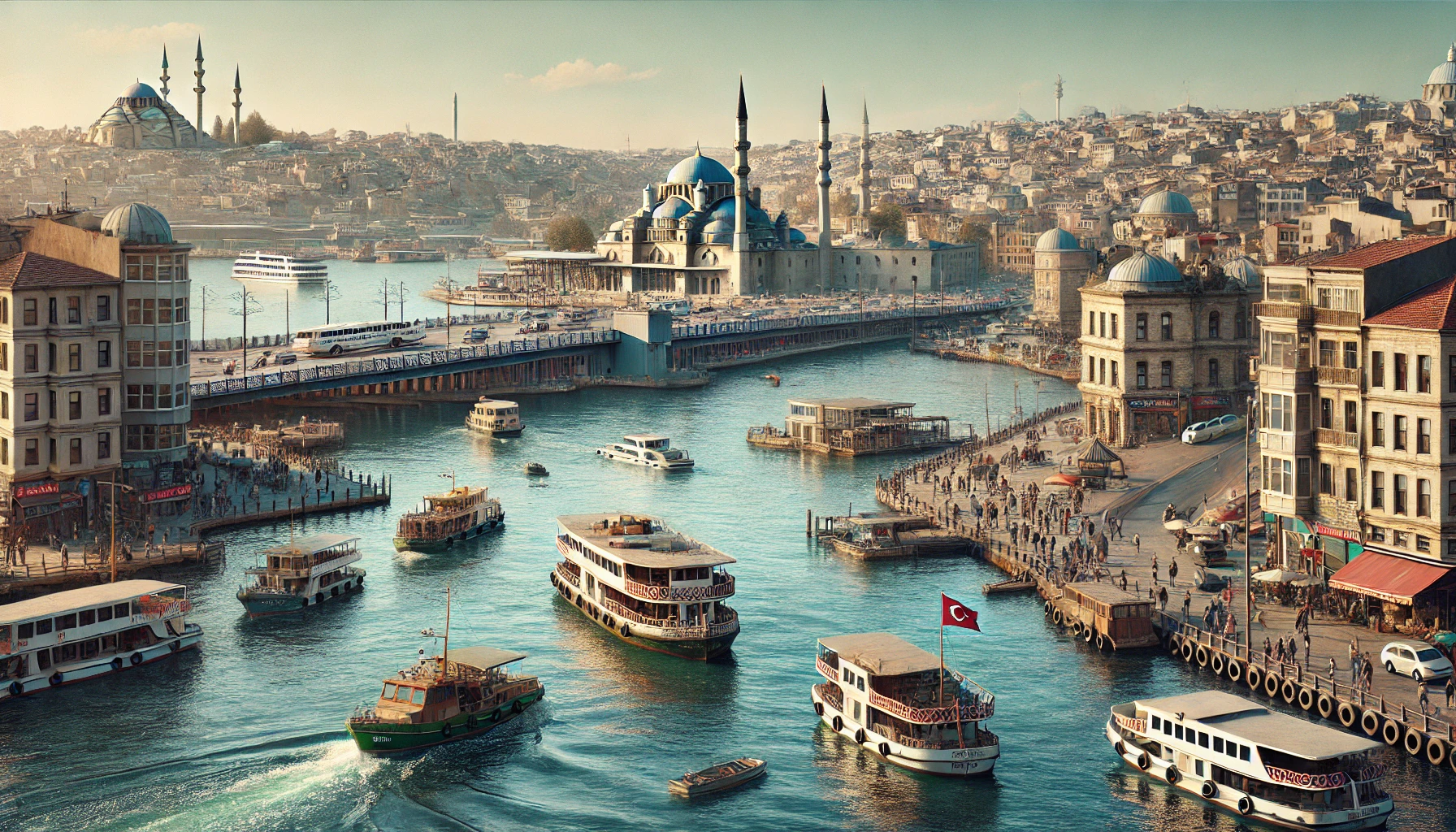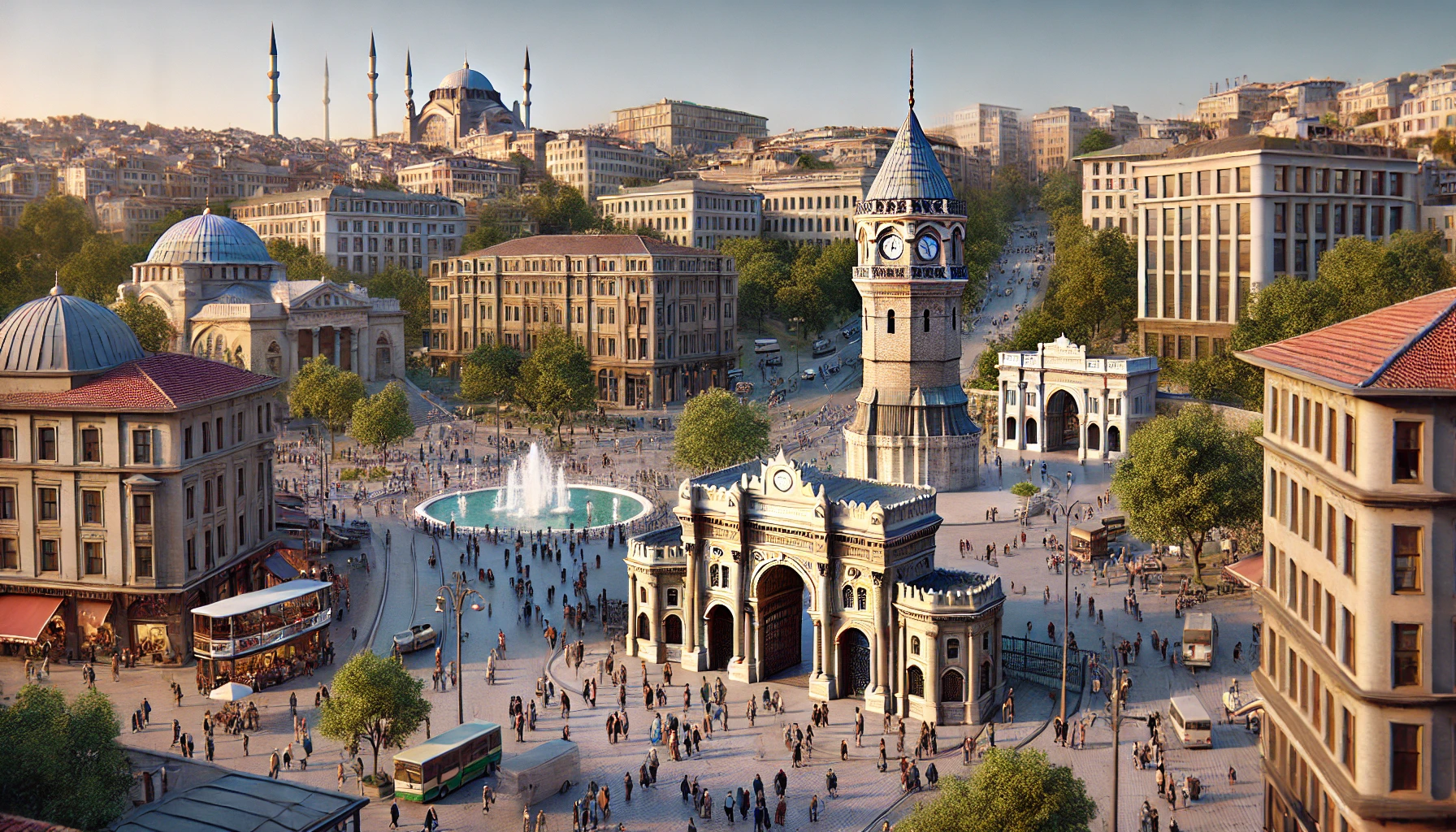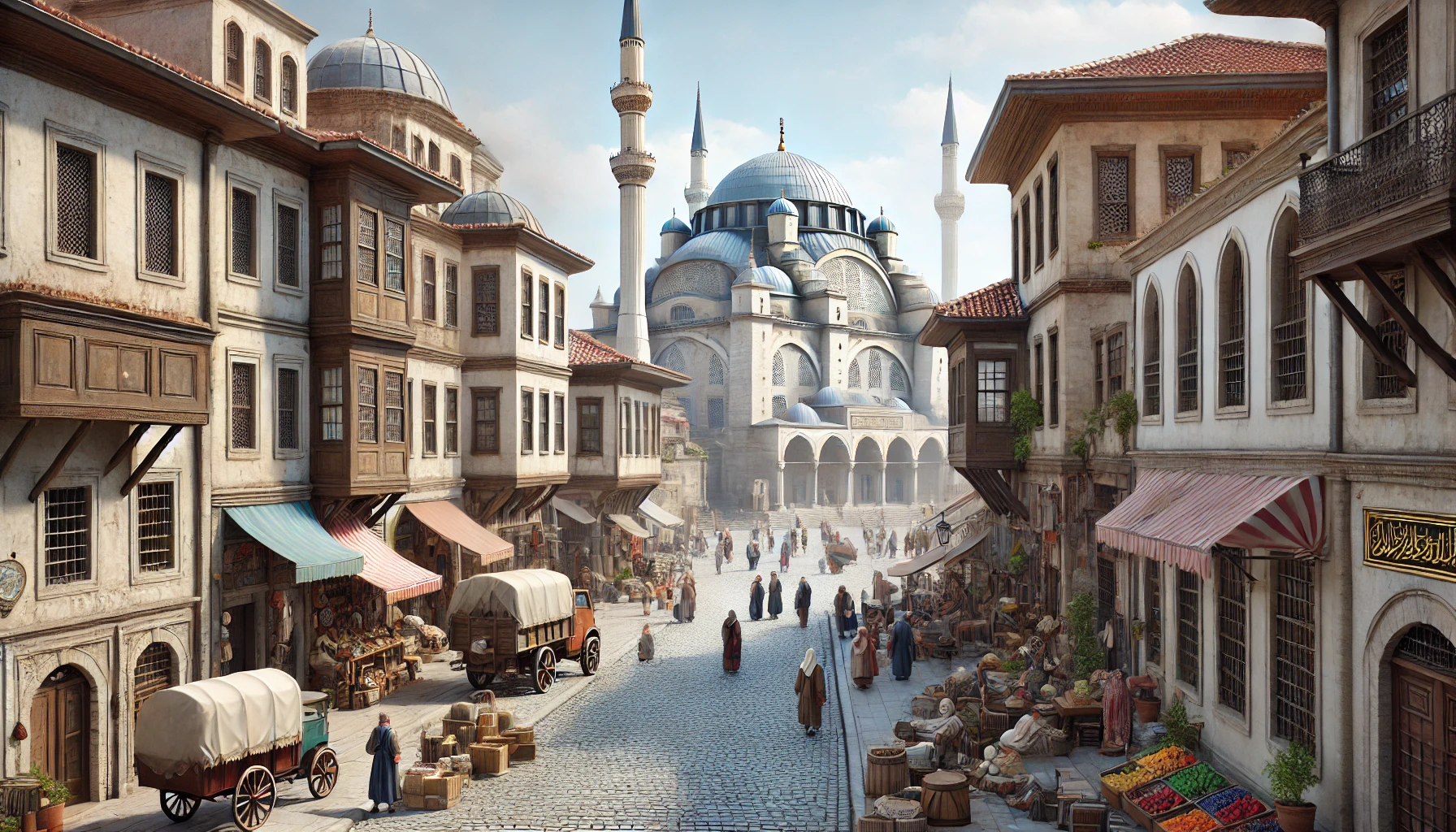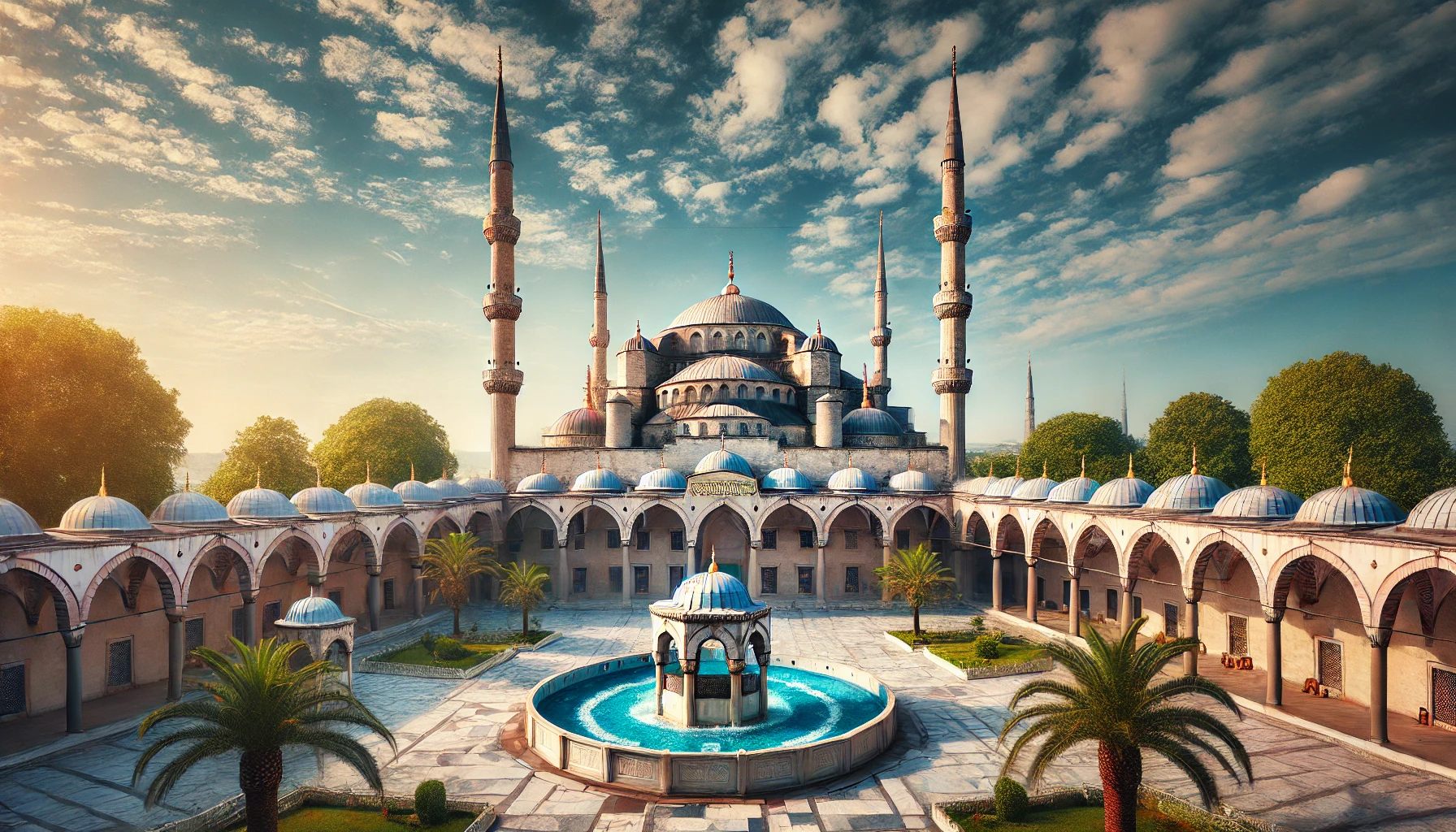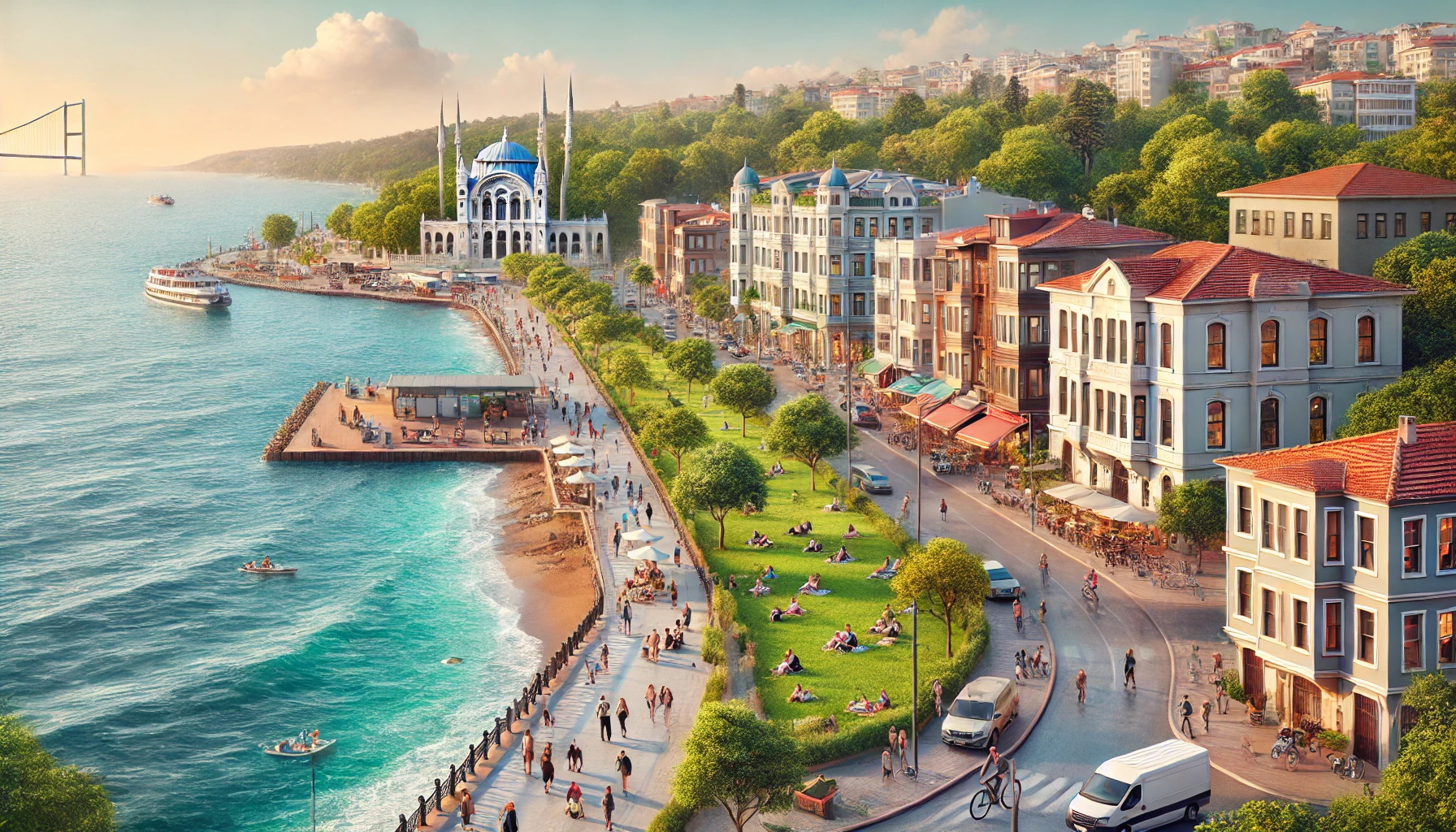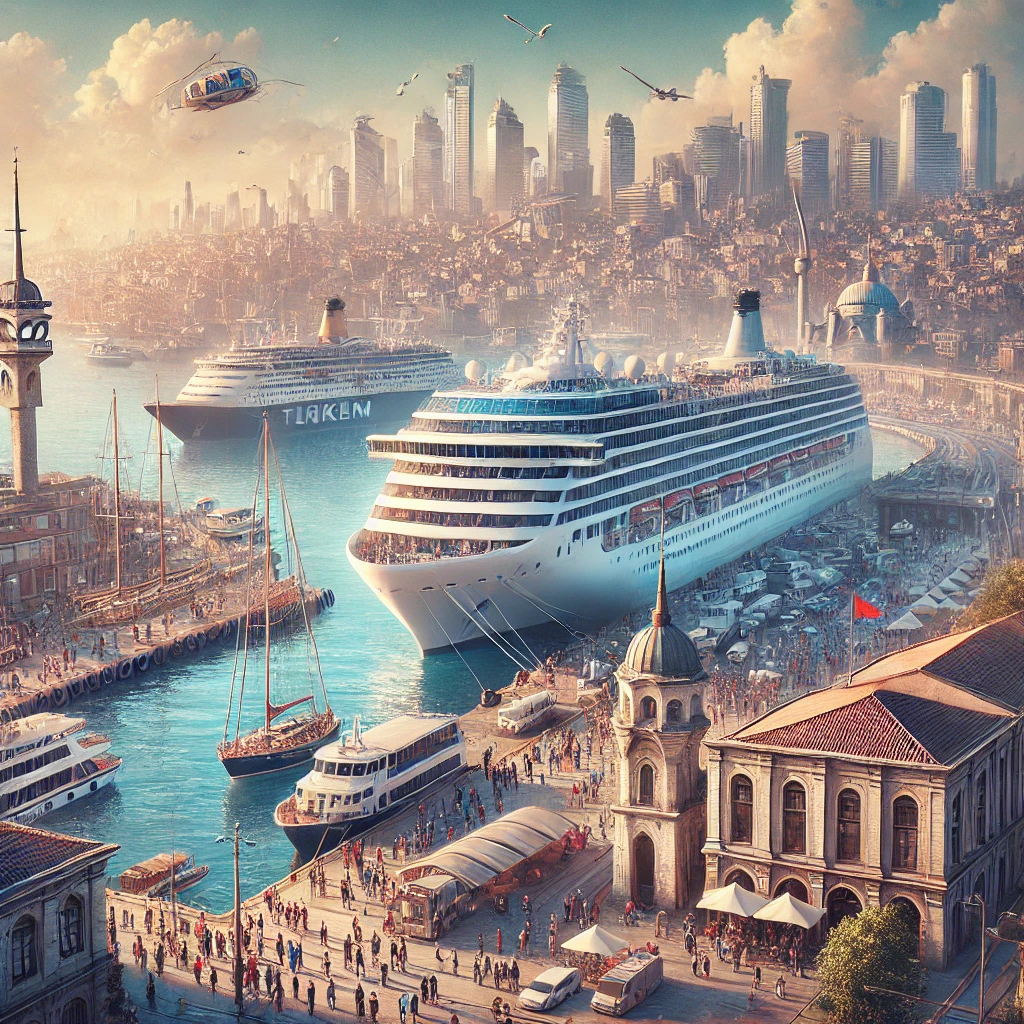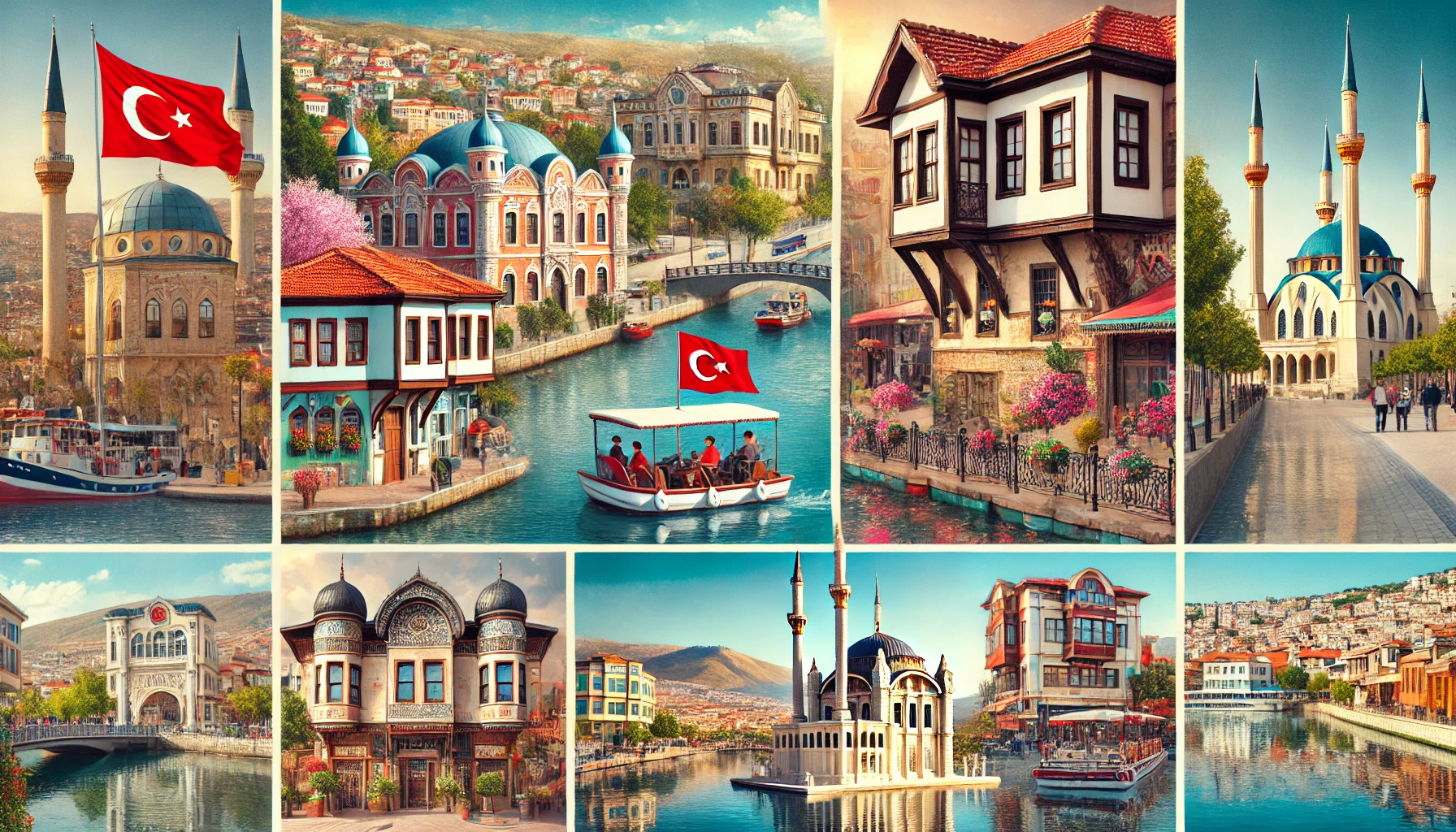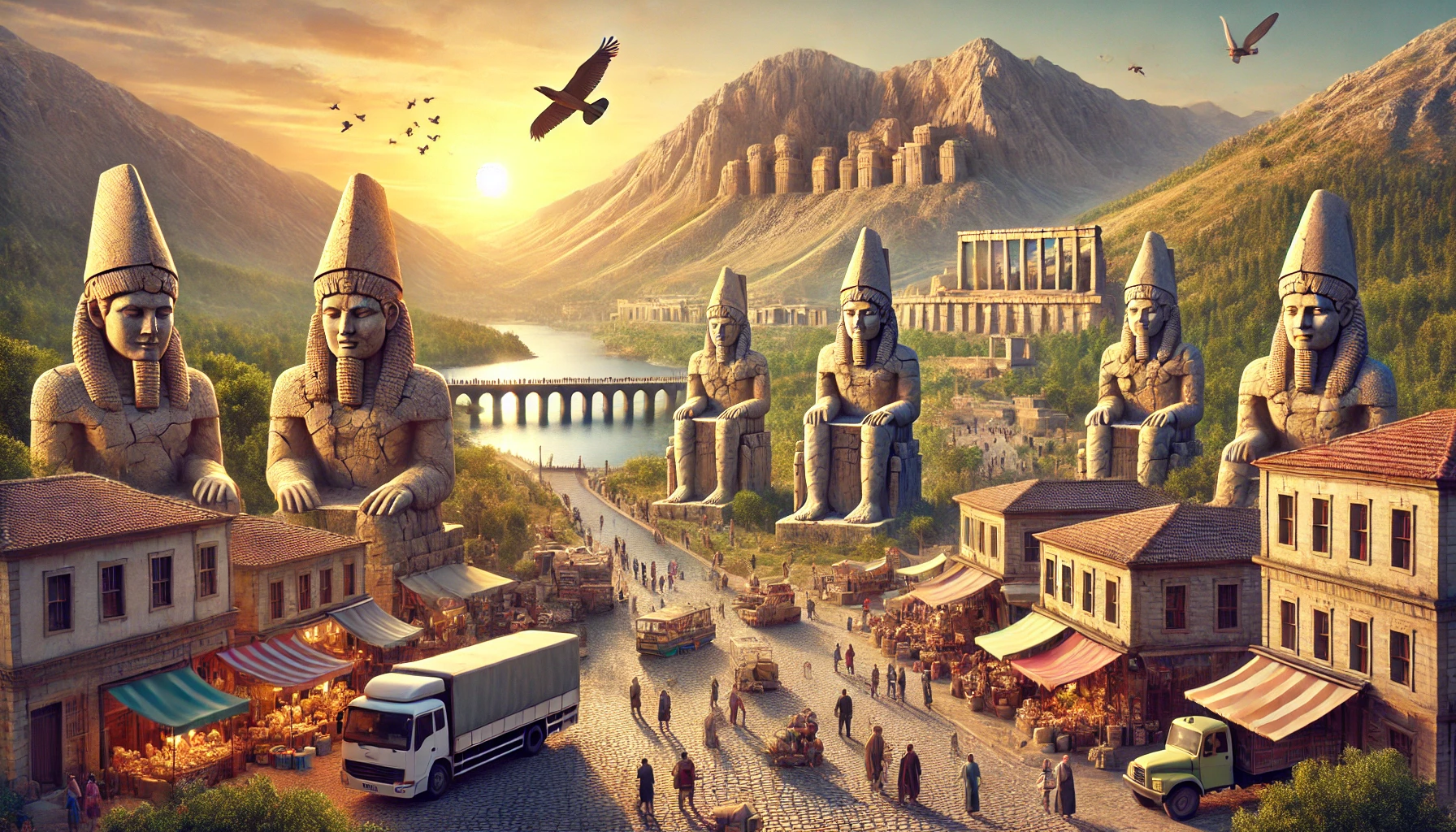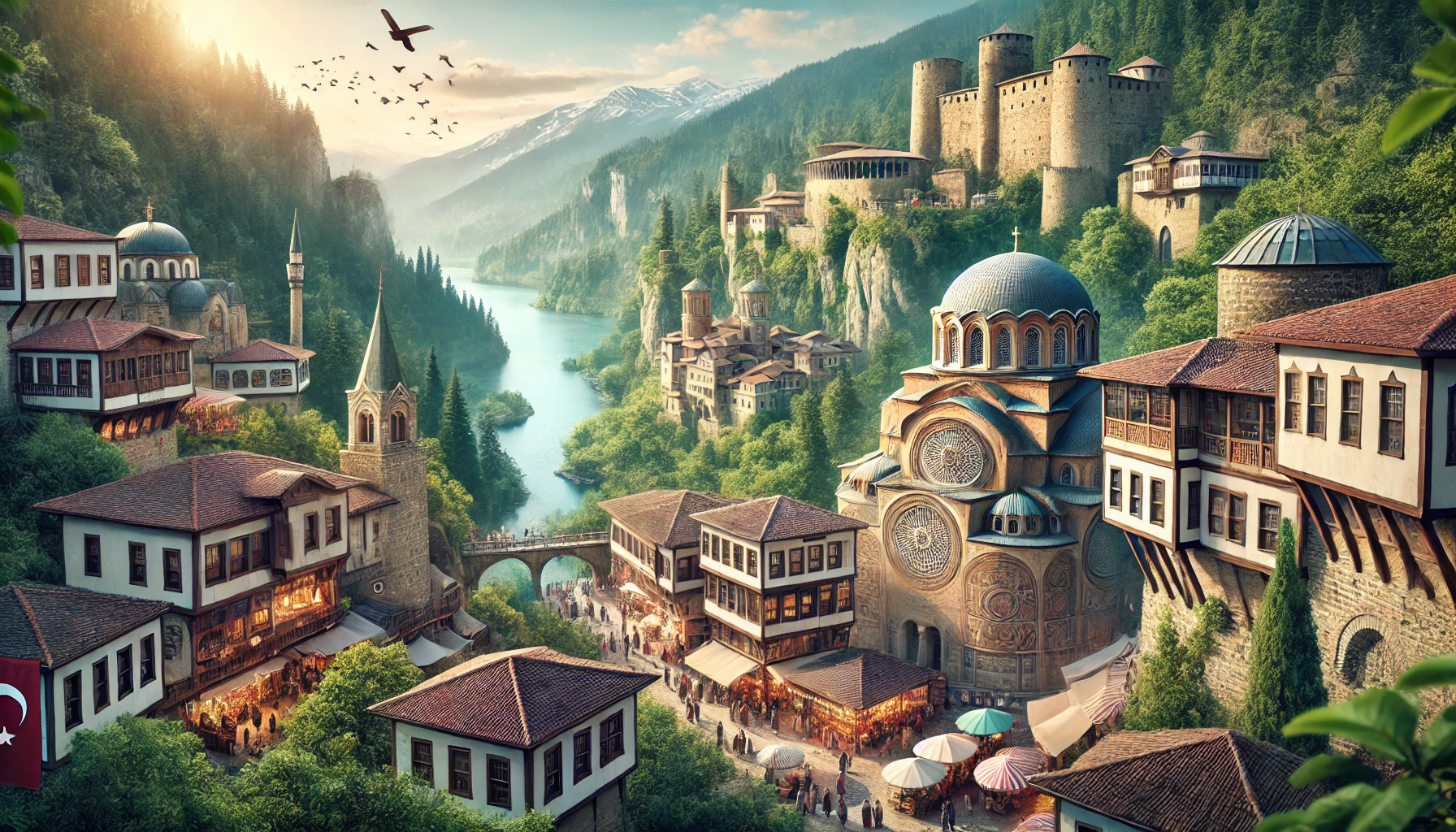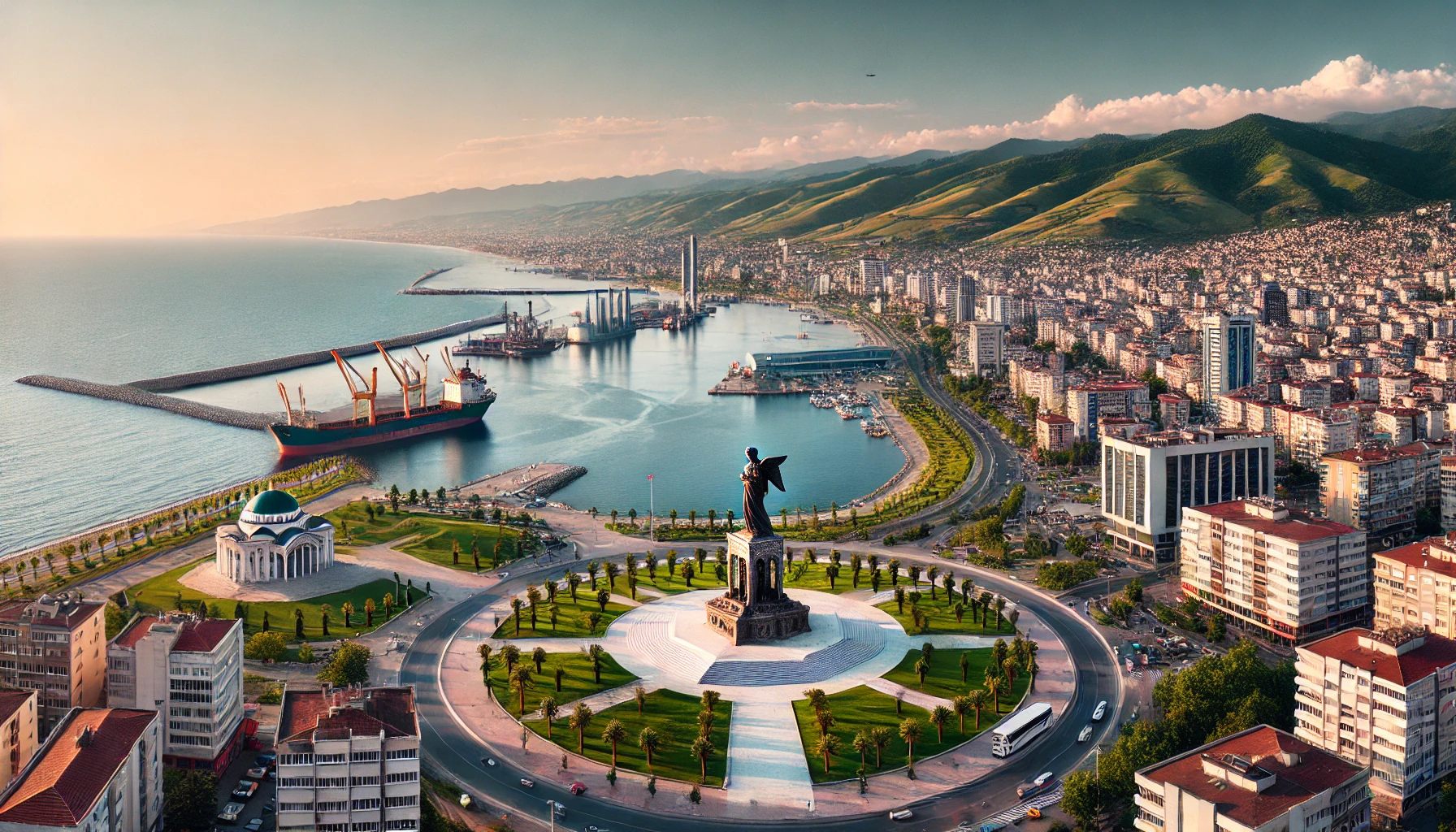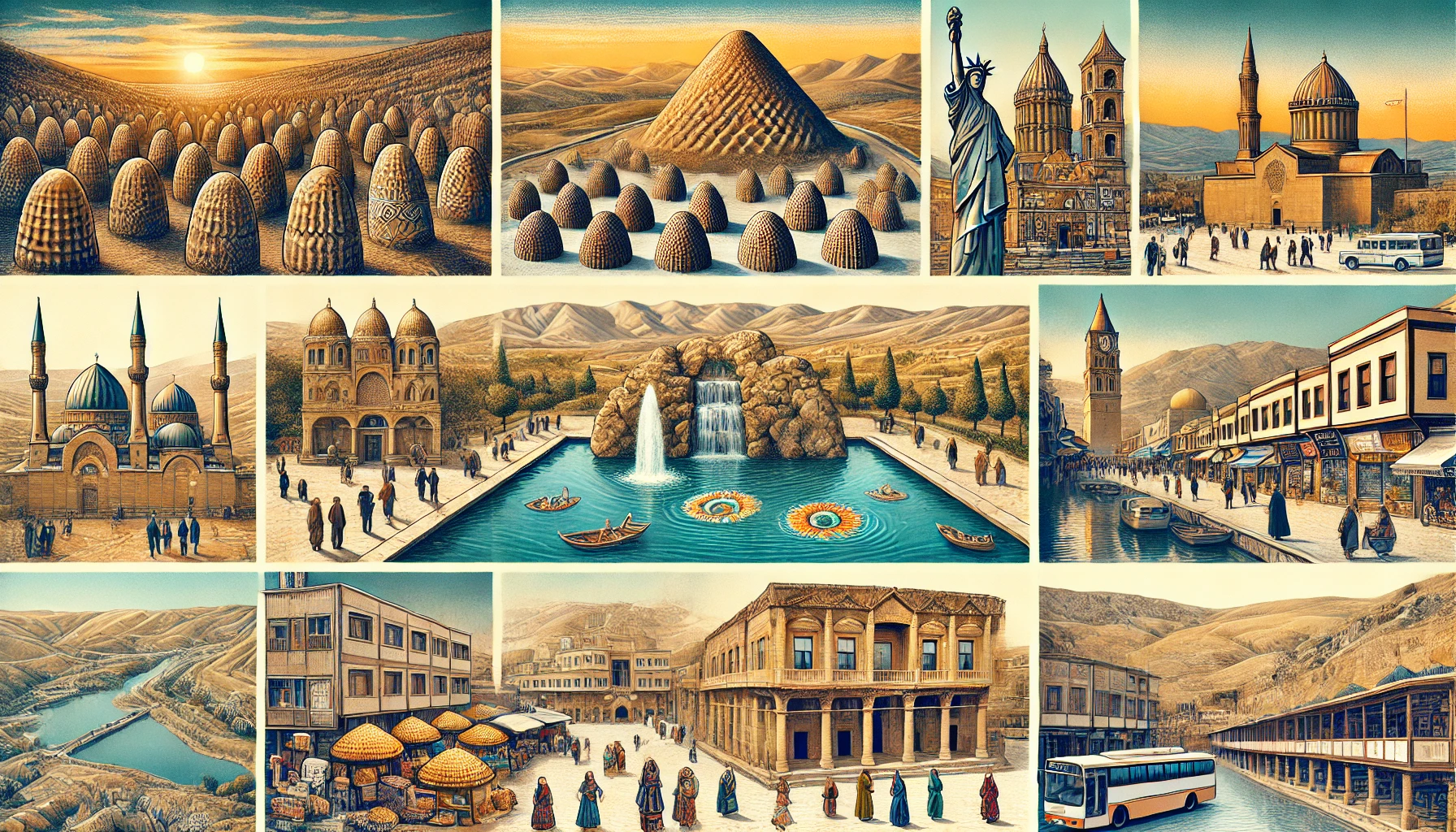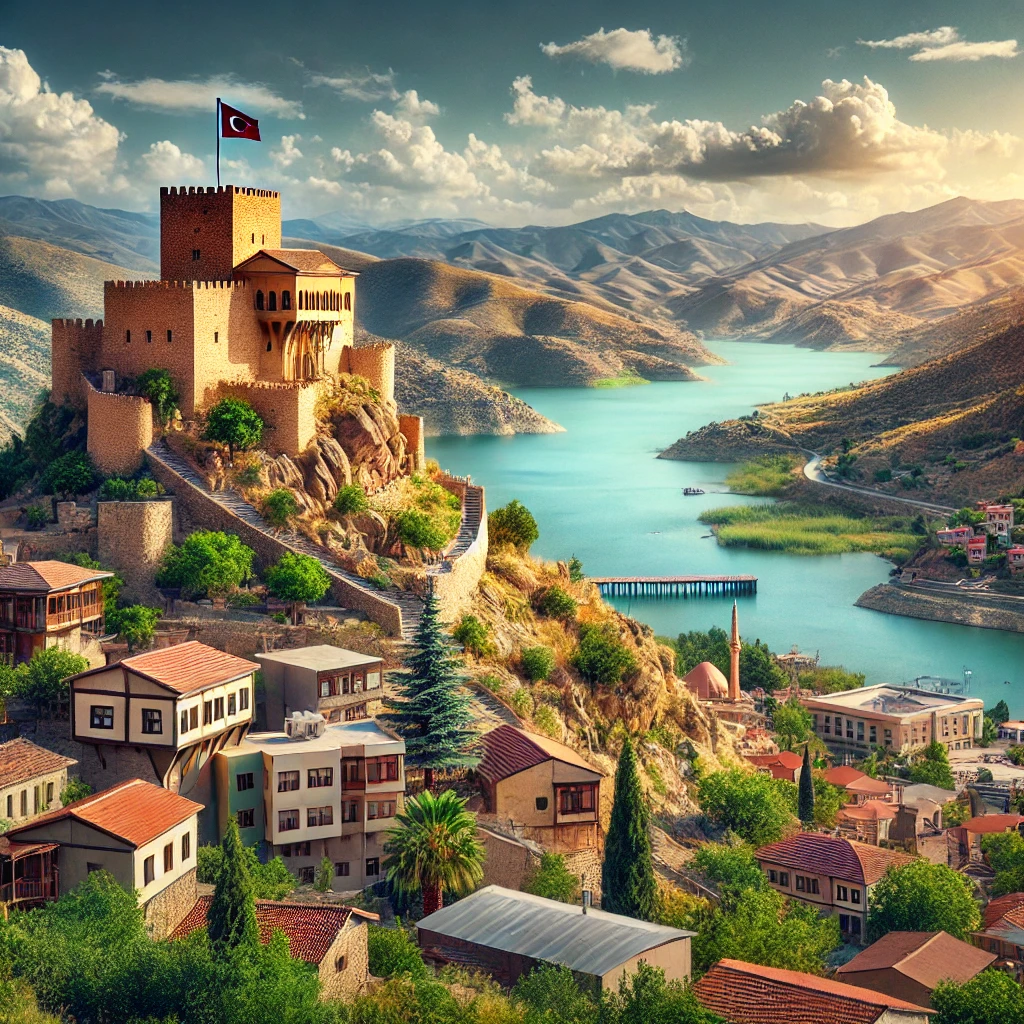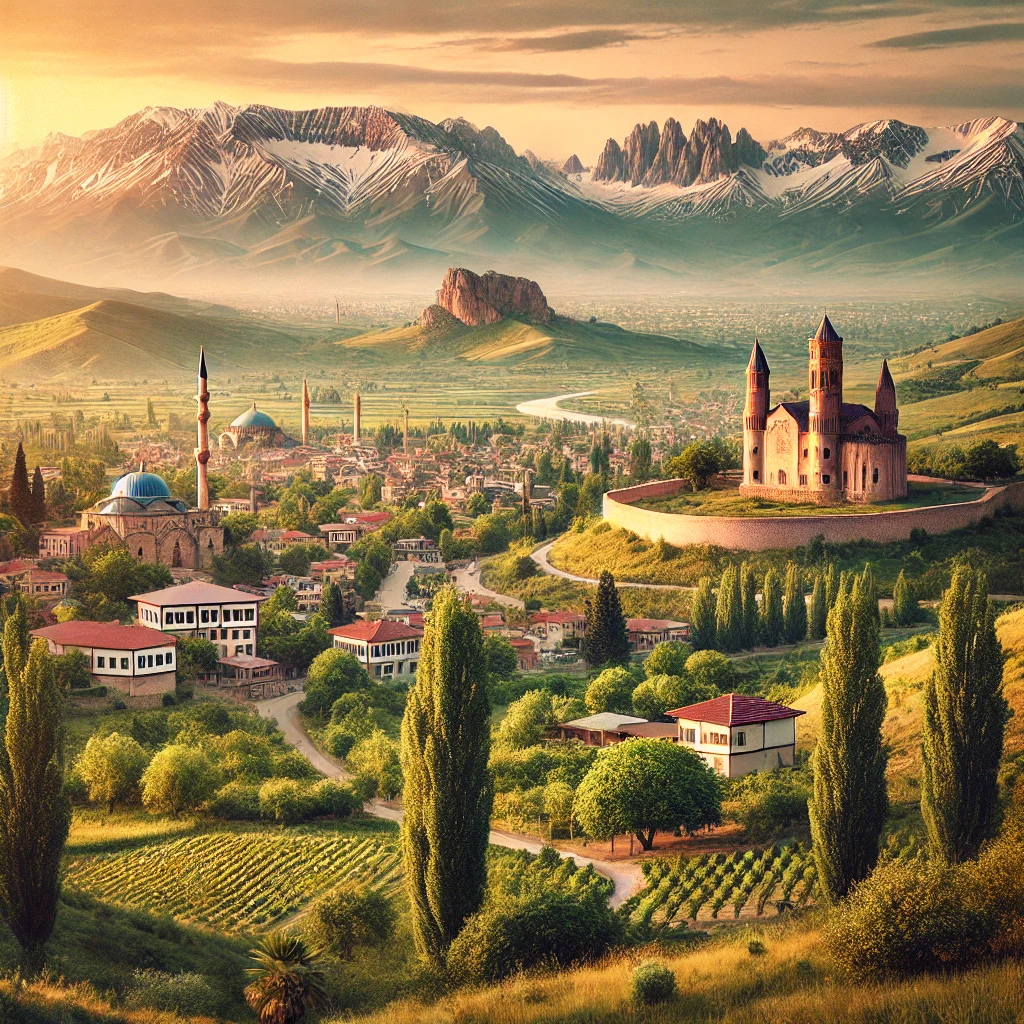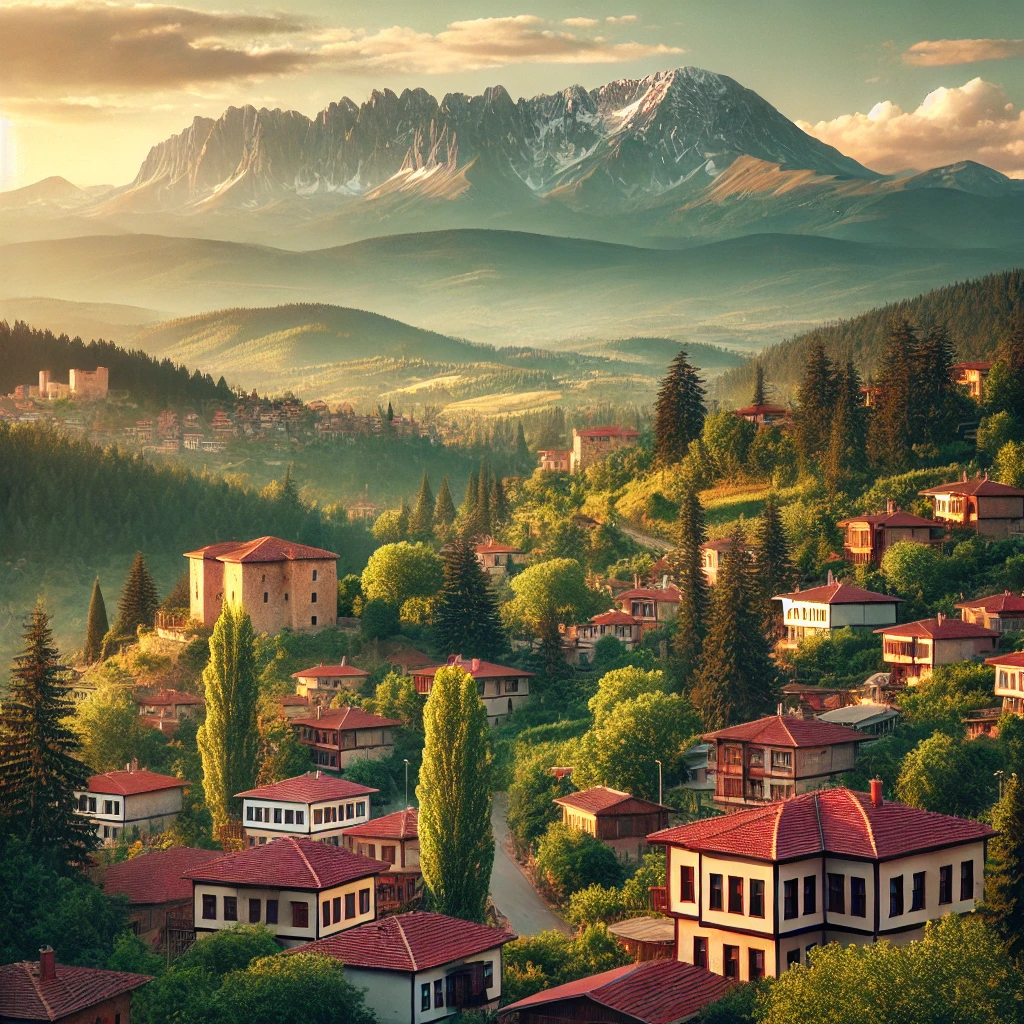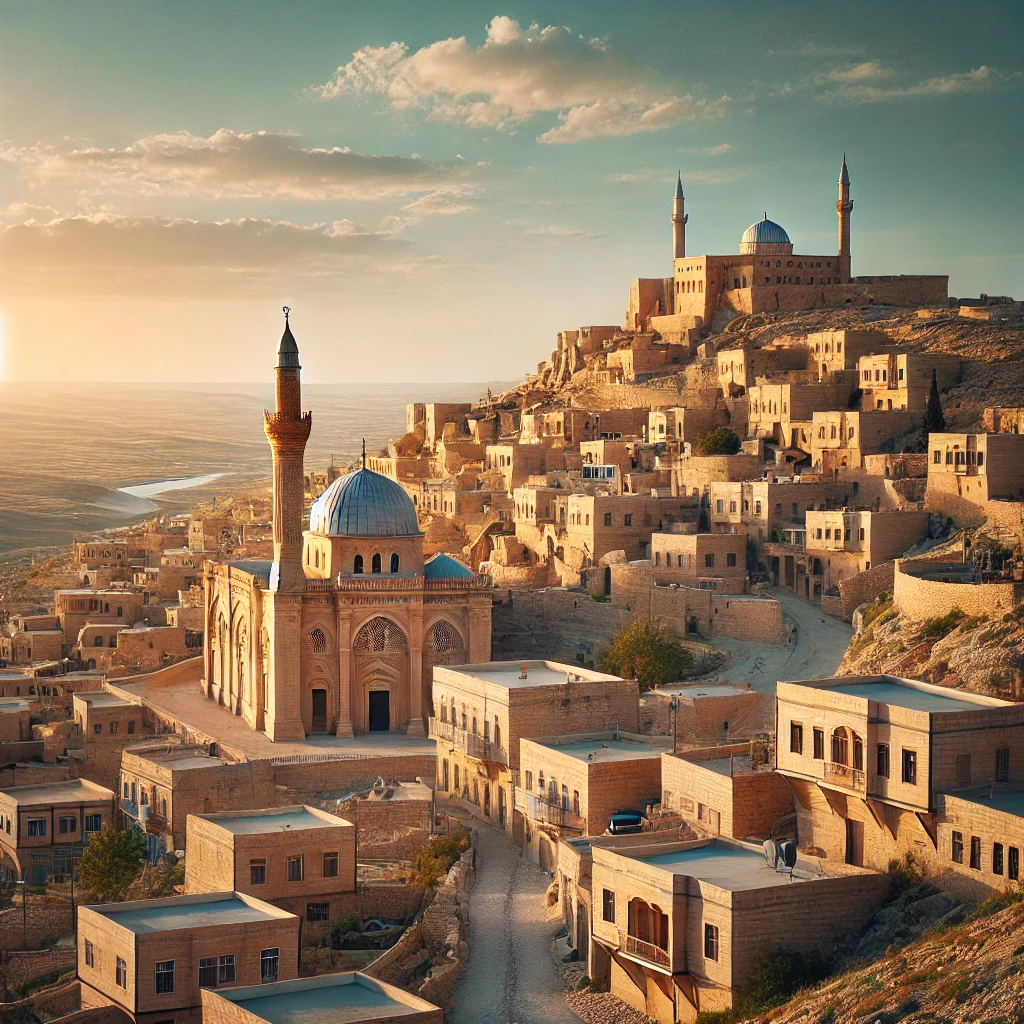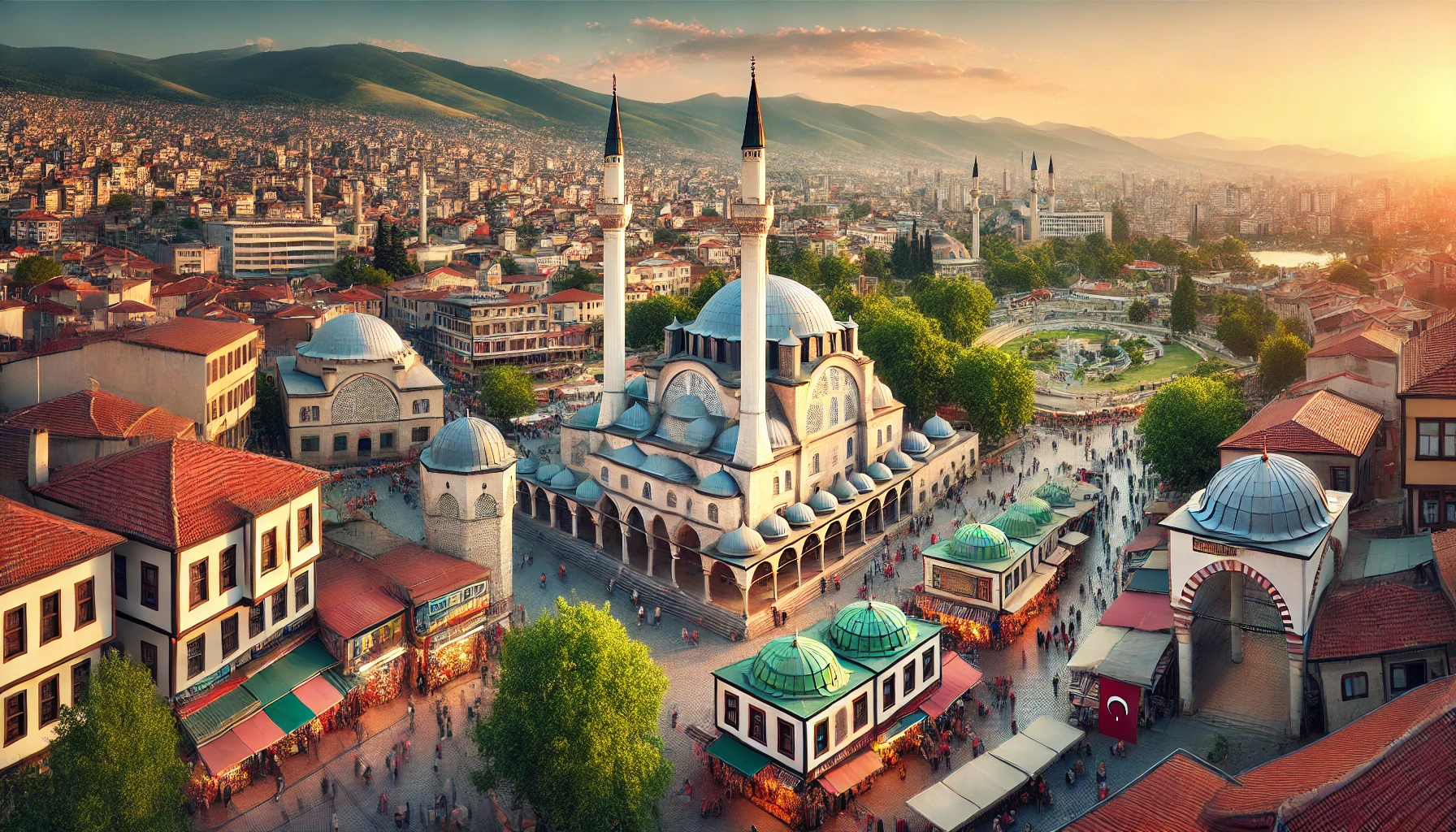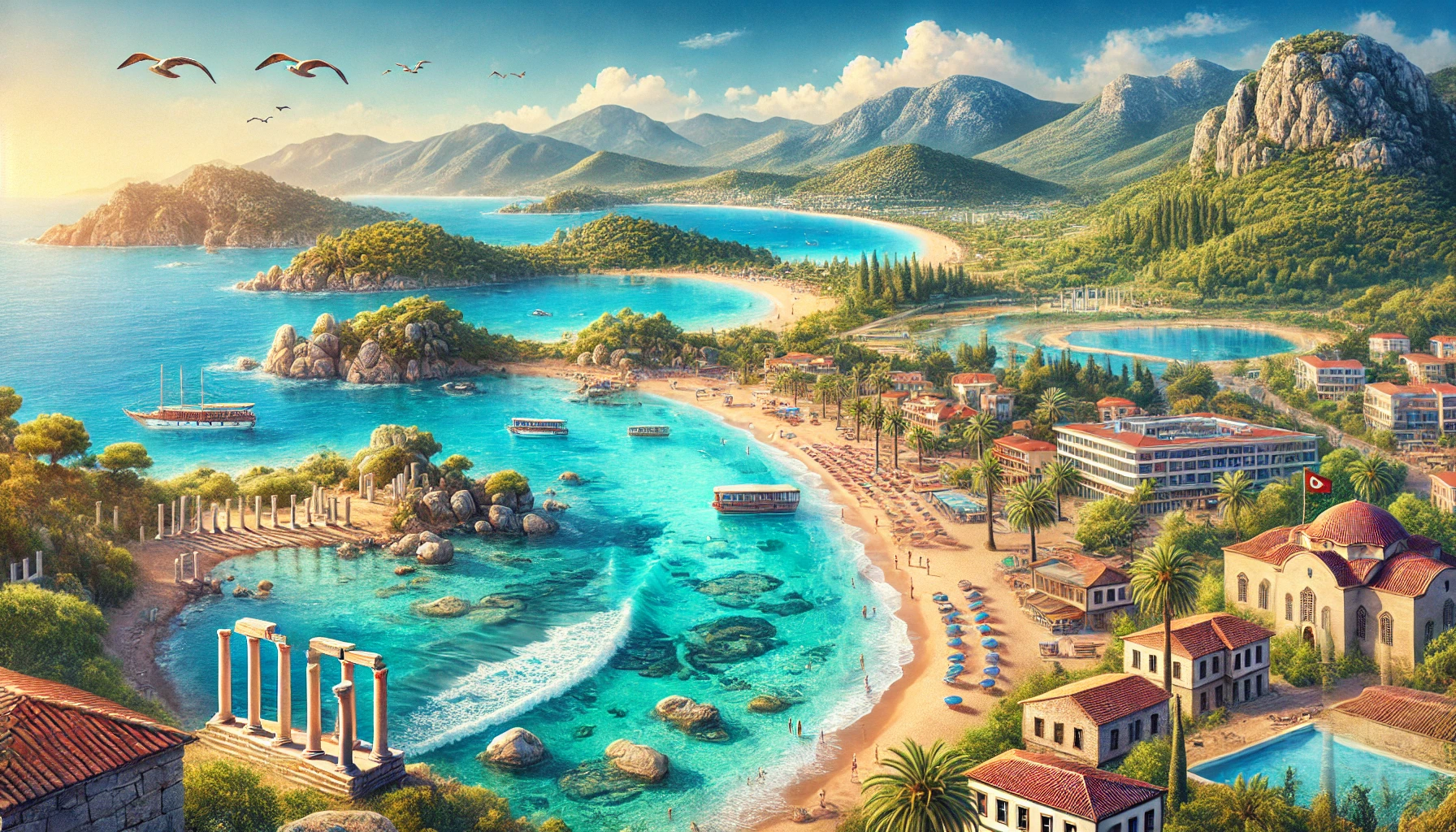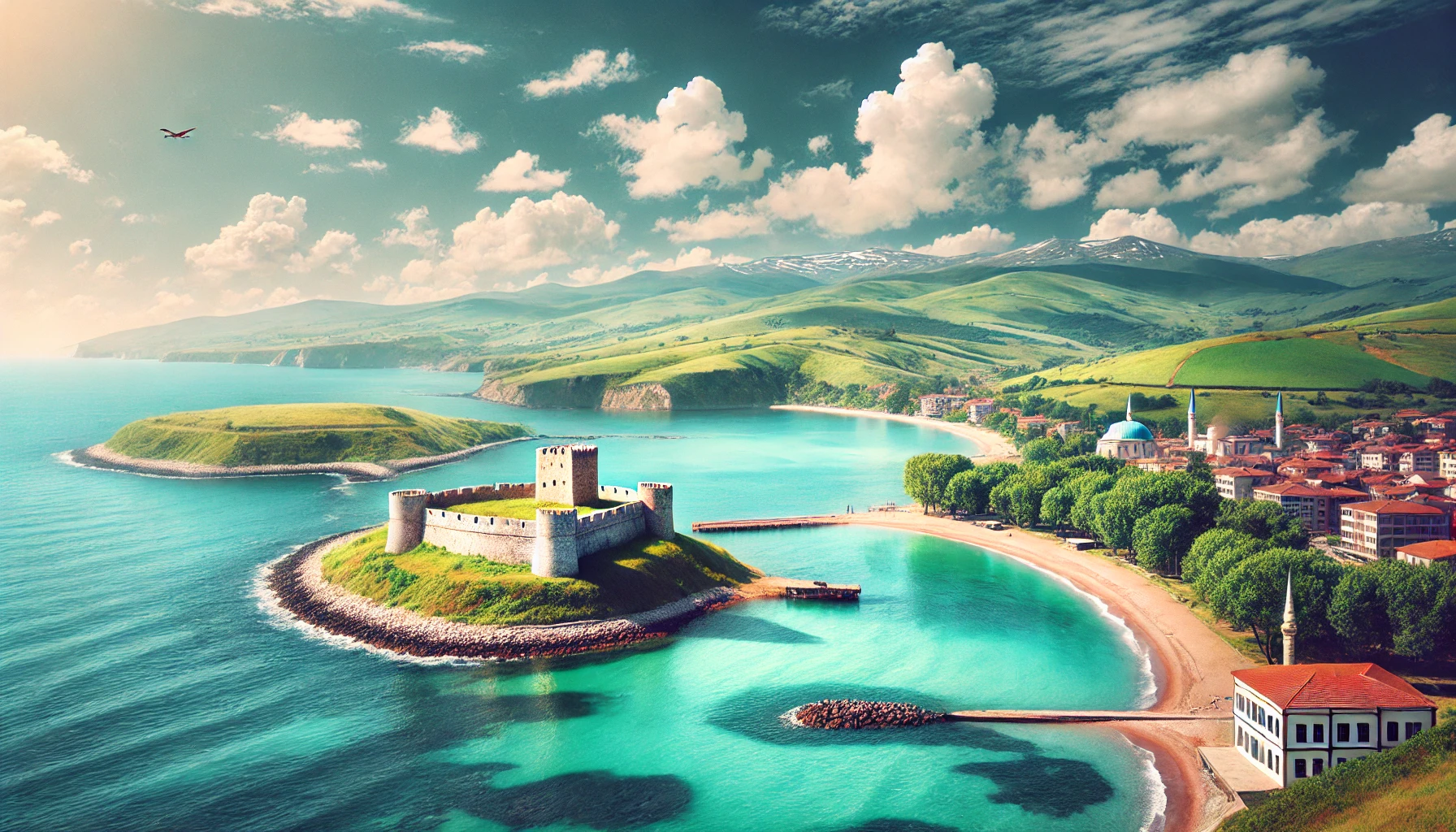The Golden Horn, Istanbul: A Historical and Cultural Journey
The Golden Horn, or Haliç as it is known in Turkish, is a major urban waterway and a defining feature of Istanbul. This natural estuary connects with the Bosphorus Strait where it meets the Sea of Marmara, forming a natural harbor that has served as a vital maritime hub for centuries. In this article, we will explore the rich history, cultural significance, and modern attractions of the Golden Horn, providing travel enthusiasts with an informative and engaging guide to one of Istanbul’s most iconic locations.
A Historical Overview of the Golden Horn
Ancient Beginnings
The history of the Golden Horn dates back to ancient times, with archaeological evidence suggesting human settlement as early as 6700 BC. The area became a significant urban center by the 7th century BC, due to its strategic location and natural harbor. The inlet provided a safe anchorage for ships and facilitated trade, making it a crucial economic hub in the region.
The Byzantine Era
During the Byzantine period, the Golden Horn was known as Chrysókeras (Greek for “Golden Horn”). Emperor Constantine I recognized the strategic importance of the inlet and established Constantinople (modern-day Istanbul) around it. The Byzantines built extensive walls along the shoreline to protect the city from naval attacks. The harbor was also the site of the Byzantine navy’s headquarters, underscoring its military significance.
The Great Chain of the Golden Horn
One of the most notable features of the Golden Horn during the Byzantine era was the massive chain that spanned its entrance. This chain was used to block enemy ships from entering the harbor. The chain was successfully circumvented or broken several times throughout history, most famously by the Ottoman Sultan Mehmed II during the conquest of Constantinople in 1453.
The Ottoman Period
After the fall of Constantinople, the Ottomans continued to use the Golden Horn as a major harbor. Sultan Mehmed II encouraged the settlement of ethnic Greeks along the Horn in the Phanar district, while Jews settled in Balat. The Golden Horn remained a bustling commercial hub throughout the Ottoman period, with shipyards, warehouses, and markets lining its shores.
Modern Developments
Restoration and Revitalization
In the 20th century, the Golden Horn suffered from industrial pollution, which severely impacted its water quality and marine life. However, extensive cleanup efforts in the 1980s and 1990s, spearheaded by local governments, have restored much of the estuary’s natural beauty. Today, the Golden Horn is a popular destination for both locals and tourists, with parks, museums, and recreational areas along its banks.
Tersane Istanbul
The Haliç Shipyard, founded by Sultan Mehmed II in 1455, is undergoing a major redevelopment as part of the Tersane Istanbul project. This ambitious initiative aims to transform the historic shipyard into a vibrant cultural and commercial district, featuring hotels, museums, art galleries, shops, and restaurants. The project symbolizes the blending of Istanbul’s rich history with its modern aspirations.
Attractions Along the Golden Horn
The Galata Bridge
One of the most famous landmarks spanning the Golden Horn is the Galata Bridge. This iconic bridge connects the districts of Karaköy and Eminönü and offers stunning views of the waterway and the historic peninsula. The bridge is a bustling hub of activity, with fishermen lining its edges and restaurants serving fresh seafood underneath.
Eyüp Sultan Mosque
The Eyüp Sultan Mosque, located at the northern end of the Golden Horn, is one of Istanbul’s most important religious sites. It houses the tomb of Abu Ayyub al-Ansari, a companion of the Prophet Muhammad. The mosque is a pilgrimage site for Muslims and is surrounded by a picturesque neighborhood with traditional Ottoman architecture.
Pierre Loti Hill
Named after the French writer Pierre Loti, this hill offers panoramic views of the Golden Horn and the surrounding city. Visitors can take a cable car to the top and enjoy a cup of Turkish tea or coffee at the famous Pierre Loti Café while admiring the breathtaking scenery.
Fener and Balat
The historic districts of Fener and Balat, located along the western shore of the Golden Horn, are known for their colorful houses, narrow streets, and rich cultural heritage. These neighborhoods were home to Greek and Jewish communities during the Ottoman period and are now popular with tourists seeking to explore Istanbul’s diverse history.
The Bridges of the Golden Horn
Haliç Bridge
Completed in 1974, the Haliç Bridge connects the neighborhoods of Sütlüce and Defterdar. It is one of the main arterial roads in Istanbul, facilitating the flow of traffic across the city.
Atatürk Bridge
Also known as the Unkapanı Bridge, the Atatürk Bridge was completed in 1940 and connects the districts of Kasımpaşa and Unkapanı. It is a vital link for both vehicular and pedestrian traffic.
Golden Horn Metro Bridge
The Golden Horn Metro Bridge, completed in 2014, is a pedestrianized railway crossing that extends the M2 metro line across the Golden Horn. The bridge offers stunning views of the waterway and is an essential part of Istanbul’s public transportation network.
Galata Bridge
The current Galata Bridge, completed in 1994, is the fifth incarnation of this iconic structure. It connects the districts of Karaköy and Eminönü and is a popular spot for fishing and dining.
Cultural Significance
Artistic Depictions
The Golden Horn has been a source of inspiration for many artists throughout history. Notable works include paintings by Ivan Constantinovich Aivazovsky, who captured the estuary’s golden lights and serene beauty. The inlet has also been featured in literature, such as G.K. Chesterton’s poem “Lepanto.”
Festivals and Events
The Golden Horn hosts various cultural events and festivals throughout the year. These events celebrate Istanbul’s rich history and vibrant culture, attracting visitors from around the world. The Istanbul Biennial, for example, often includes installations and exhibitions along the Golden Horn, showcasing contemporary art in a historic setting.
Exploring the Golden Horn by Ferry
Ferry Services
An hourly ferry service connects Üsküdar and Karaköy with several suburbs along the Golden Horn. These ferries offer a scenic and convenient way to explore the waterway and its attractions. The journey provides stunning views of the city’s skyline, historic landmarks, and vibrant neighborhoods.
T5 Tramline
The T5 tramline, which opened in 2021, runs along the western shore of the Golden Horn from the Alibeyköy bus station to Cibali. An extension to Eminönü is currently underway, which will further enhance connectivity and make it easier for visitors to explore the area.
Tips for Visiting the Golden Horn
Best Time to Visit
The best time to visit the Golden Horn is during the spring and autumn months when the weather is mild, and the city’s parks and gardens are in full bloom. These seasons also offer the most pleasant conditions for walking and sightseeing.
What to Bring
When visiting the Golden Horn, it’s essential to bring comfortable walking shoes, a camera to capture the stunning views, and a guidebook or map to help navigate the area’s many attractions. Sunscreen and a hat are also recommended, especially during the summer months.
Local Cuisine
No visit to the Golden Horn would be complete without sampling some of Istanbul’s delicious local cuisine. The area is home to numerous restaurants and cafes serving traditional Turkish dishes such as kebabs, mezes, and baklava. Don’t miss the chance to try fresh seafood at one of the many fish restaurants along the waterfront.
Conclusion
The Golden Horn is a unique and captivating part of Istanbul that offers a rich blend of history, culture, and natural beauty. From its ancient origins to its modern developments, the Golden Horn has played a central role in the city’s story. Whether you’re exploring its historic landmarks, enjoying a scenic ferry ride, or simply taking in the breathtaking views, the Golden Horn is sure to leave a lasting impression on any travel enthusiast.
Balık Ekmek: A Culinary Delight from Istanbul’s Streets
When it comes to street food in Turkey, few dishes are as iconic and beloved as balık ekmek. Pronounced [ba’lɯk ek’mek], this simple yet flavorful fish sandwich captures the essence of Turkish culinary tradition. Found primarily in bustling areas like the Eminönü square in Istanbul, balık ekmek offers a delicious and affordable way to experience local cuisine. In this article, we’ll dive into the history, preparation, and cultural significance of balık ekmek, making it a must-try for any travel enthusiast visiting Turkey.
The Origins of Balık Ekmek
A Taste of History
The tradition of serving fish sandwiches in Turkey dates back several decades. Balık ekmek emerged as a popular street food in the mid-20th century when fishermen in Istanbul started grilling their daily catch and selling it directly from their boats. This practice not only provided a fresh and tasty meal but also allowed fishermen to supplement their income. Over time, the dish gained popularity among locals and tourists alike, becoming a staple of Istanbul’s vibrant street food scene.
The Name: Simple and Descriptive
The term “balık ekmek” is a straightforward combination of two Turkish words: balık, meaning “fish,” and ekmek, meaning “bread.” This name perfectly encapsulates the dish’s simplicity: a piece of freshly cooked fish served in a piece of bread. Despite its simplicity, the flavors and textures of balık ekmek are anything but ordinary.
Beyazıt Square, Istanbul: A Timeless Hub of History and Culture
Beyazıt Square (Turkish: Beyazıt Meydanı) is a vibrant and historically rich landmark situated in the heart of Istanbul’s Fatih district. Officially known as Freedom Square (Hürriyet Meydanı), it is more commonly referred to by its original name, Beyazıt Square, after the majestic Bayezid II Mosque that graces its edge. This square, with its deep historical roots and cultural significance, serves as a captivating destination for travelers seeking to explore the essence of Istanbul. In this article, we delve into the rich history, architectural marvels, and modern attractions of Beyazıt Square, inviting travel enthusiasts to discover its multifaceted charm.
More Attractions
New Mosque (Yeni Camii)
Located adjacent to the Spice Bazaar, the New Mosque is a stunning example of Ottoman architecture. Built between 1660 and 1665, its elegant domes and minarets make it a prominent landmark in the area. Visitors can explore its beautifully decorated interior and serene courtyard.
Galata Bridge
A short walk from the bazaar, the Galata Bridge spans the Golden Horn and connects the historic peninsula to the modern city. The bridge is a popular spot for fishing and offers spectacular views of Istanbul’s skyline. Underneath the bridge, numerous restaurants and cafes serve fresh seafood and traditional Turkish dishes.
Rüstem Pasha Mosque
Another architectural gem nearby is the Rüstem Pasha Mosque, designed by the famed Ottoman architect Mimar Sinan. This smaller mosque is renowned for its exquisite Iznik tilework, which adorns its interior in a dazzling array of colors and patterns.
Eminönü Square
Eminönü Square is a bustling hub of activity, with ferries departing for various parts of Istanbul and the Princes’ Islands. The square is also home to several street vendors and shops, making it a lively spot to explore before or after visiting the Spice Bazaar.
Sightseeing places near Golden Horn, Istanbul
Latest Update: Aug 4, 2024
Your Content Goes Here
TAGS: Balat, Bosphorus, Byzantine, cultural events, Eyüp Sultan Mosque, Fener, ferry service, Galata Bridge, Golden Horn, Haliç Shipyard, historic landmarks, historical site, Istanbul, Istanbul attractions, Istanbul tourism, natural harbor, Ottoman, Pierre Loti Hill, scenic views, Seraglio Point, T5 tramline, things to do in Istanbul, tourism, travel, travel guide, Turkey, Turkish cuisine
A brief summary of the key points in this article.

